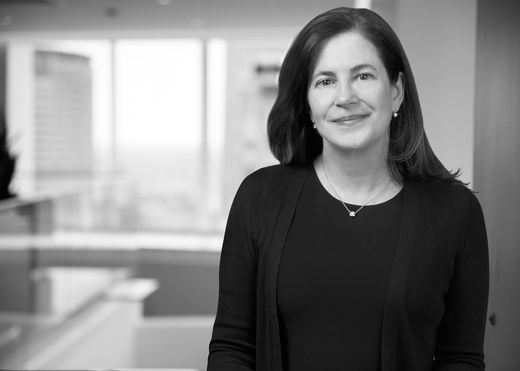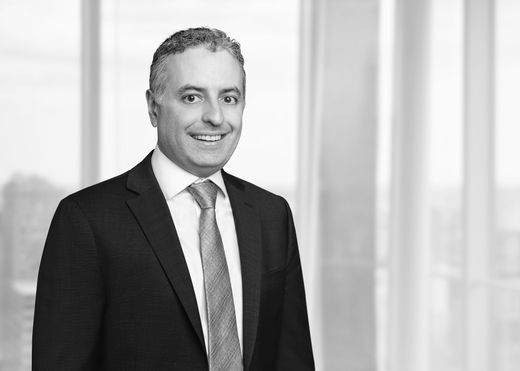Private Equity Law Report Quotes Tadajweski and Pereira on Key Differences Between Private Credit and Private Equity Funds

Contact:
Akin Gump investment management partners Ann Tadajweski and Dennis Pereira have been quoted by Private Equity Law Report in the article “Forming Private Credit Funds: Key Differences in Fund Lifecycle and the Use of Subscription Facilities Versus PE Funds (Part One of Two).”
Beginning with the fundamental timeline of a private equity fund versus that of a private credit fund, Tadajweski said the latter often have investment periods as short as three years and fund terms of only six years. That is materially shorter than the five years and 10-12 years, respectively, for PE funds.
Despite the shorter time periods, Pereira pointed out that private credit managers still retain many of the accompanying fund mechanics available to PE sponsors. “The periods can often be extended in the GP’s discretion,” he said, “with further extensions thereafter with consent from LPs or the LP advisory committee.”
With regard to subsequent closing rounds where investors join a fund during the fundraising period, Pereira said PE and private credit funds often operate similarly since both require any investor joining the fund after the initial closing date to pay a “catchup payment” to the initial investors. The amount can differ, however, depending on how subsequent investors are treated, which is where PE and private credit funds may deviate.
The article also noted that there can be economic incentives at play, which Pereira said are the most common way to encourage investors, with fee discounts often ranging from 15-30 basis points.
Tadajweski agreed, adding that “first-close discounts can be layered with size-based discounts to produce substantial discounts – particularly for credit funds that only charge fees on contributed capital, rather than committed amounts.” She also pointed out that sponsors only receive the benefit of that potential investor inducement at the expense of some administrative burdens on the back end.
Tadajweski warned, though, that sponsors “need to track income streams on distributions of interest payments, determine the variable participation percentages and the ratios on which investors participate on a long-term basis.”



